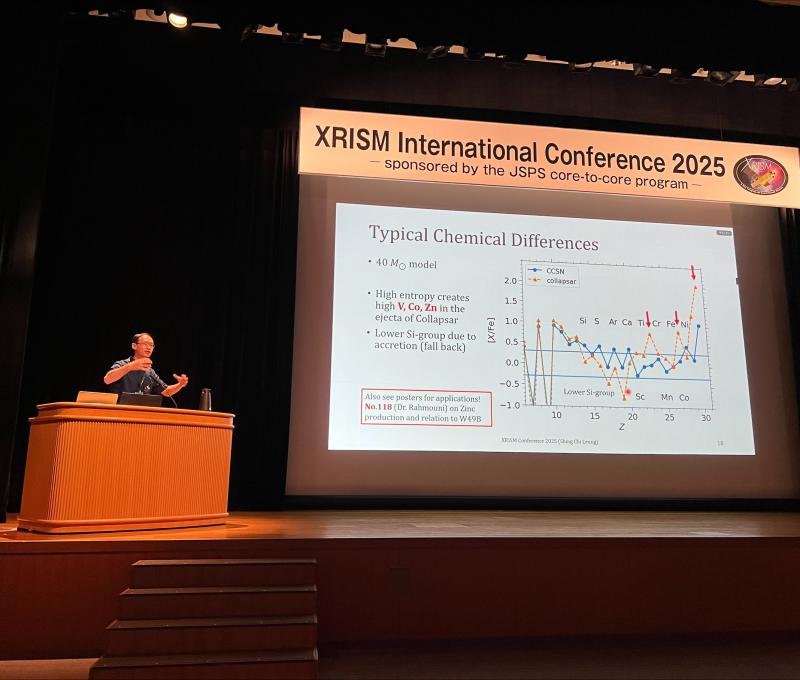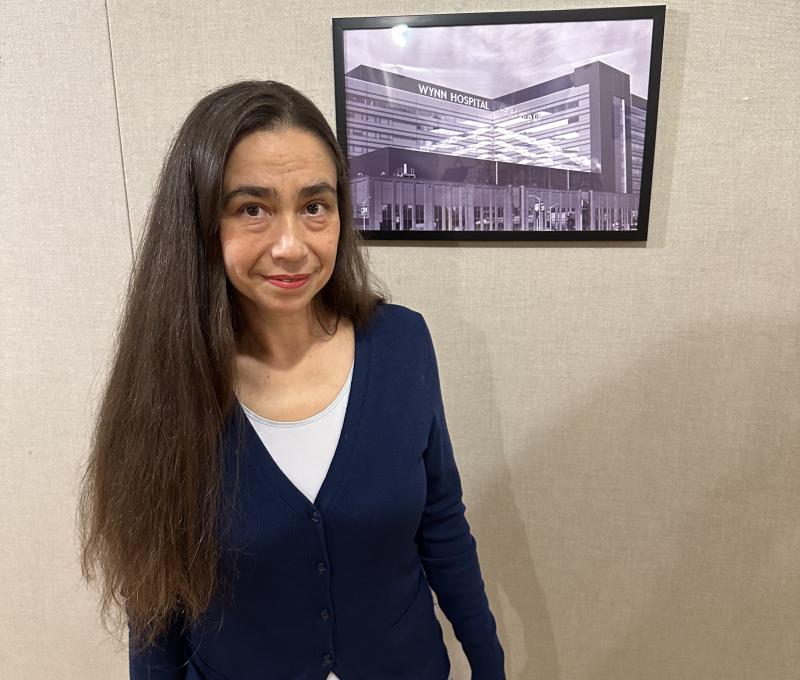Professor Shing Chi Leung Publishes the First Catalogue of Jet-Driven Supernovae for Understanding Ancient Stars

The Astrophysical Journal
SUNY Polytechnic Institute Assistant Professor of Physics, Dr. Shing Chi Leung, has published a peer-reviewed article titled, “Hydrodynamics and Nucleosynthesis of Jet-driven Supernovae I: Parameter Study of the Dependence on Jet Energetics.” The article features the first extensive catalogue of jet-driven supernova models and the results are published in The Astrophysical Journal.
Supernovae are the final explosions of stars which are also one of the most energetic events in the universe. But not all supernovae look the same. Some observed supernovae feature extremely powerful explosions, about 10 times higher energy than canonical ones, high asymmetry in structure, and uncommon chemical elements such as zinc. The classical spherical explosion model cannot easily explain these features and the jet-driven supernova model is one of the feasible solutions.
Jet-driven supernovae develop from rotating massive stars above ~20 solar mass, after the central part of the star has collapsed by its own gravity and forms a compact object (a neutron star or a black hole). By conservation of angular momentum, the compact objects are rapidly rotating. The centripetal force can support an accretion disk which orbits around the compact object.
However, owing to magneto-hydrodynamical instability, the accretion disk is unstable and can develop a powerful jet. This jet can penetrate through the stellar envelope and deposits its energy along its path, until the jet arrives the stellar surface and breakouts. The model can naturally explain the observed features of those unusual supernovae: The deposited energy can create local high temperature zones for synthesis of less common elements; the cone-shaped jet can naturally create a bipolar outflow which leads to asymmetrical explosions.
While the model can be understood conceptually, its numerical modeling has been challenging due to its computational cost and the involved physics. The precise nature of the jet is also highly unclear because of the extreme environment near the black hole.
Using multi-dimensional hydrodynamical simulations, the team has successfully developed the first catalogue of jet-driven supernova models to investigate the asymmetric flow and its associated chemical production. They find that the produced chemical elements are sensitive to the exact nature of the jet.
By using some well observed supernovae and extremely metal-poor stars (EMPSs, i.e., very early stars) as references, the team has successfully derived constraints on the necessary conditions of the jet. They also found that the jet-driven supernova models can be related to the titanium-vanadium (Ti-V) trend observed among stars in the Milky Way Galaxy. Their models can further explain the chemical abundances of some unusual zinc-enriched EMPSs.
The team will extend their calculations to include other realistic stellar progenitors systematically and apply the models to explain early stars and galaxies, including those observed by the James Webb Space Telescope (JWST).
To learn more about Dr. Leung's research: Hydrodynamics and Nucleosynthesis of Jet-driven Supernovae. I. Parameter Study of the Dependence on Jet Energetics - IOPscience







